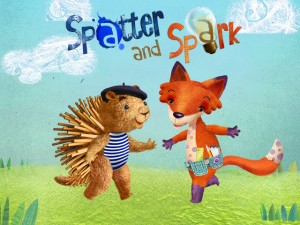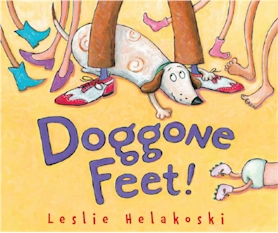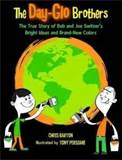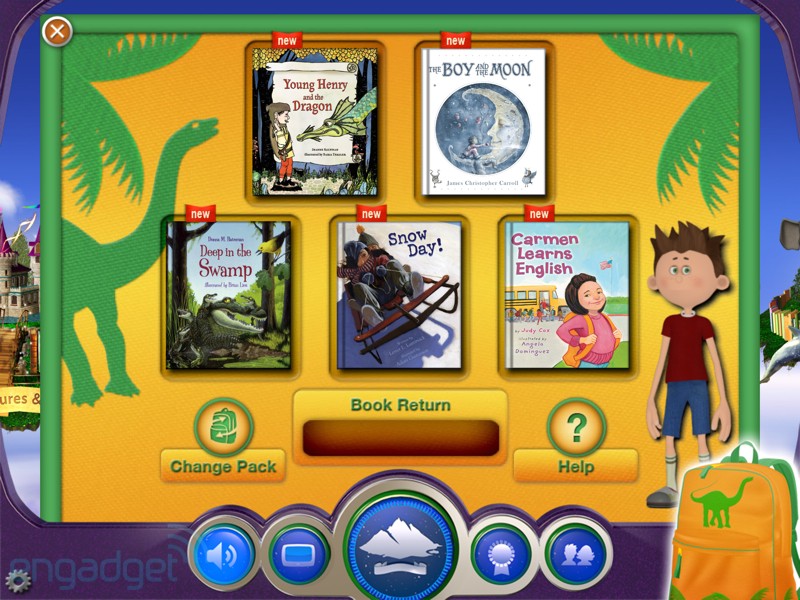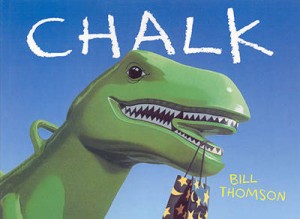 Let’s imagine that you and your students have gone on a field trip to the Henry Ford Museum in Dearborn, Michigan (which, if you can, I highly recommend that you do so because the place is a-ma-zing.) Imagine one of your students wants to write about his favorite part of the trip – seeing the Oscar Meyer Wienermobile. He didn’t take any photos on the trip, so he wants to search for images online to add to his writing. Imagine what might happen if your student uses a typical search engine to look for images of wienermobiles.
Let’s imagine that you and your students have gone on a field trip to the Henry Ford Museum in Dearborn, Michigan (which, if you can, I highly recommend that you do so because the place is a-ma-zing.) Imagine one of your students wants to write about his favorite part of the trip – seeing the Oscar Meyer Wienermobile. He didn’t take any photos on the trip, so he wants to search for images online to add to his writing. Imagine what might happen if your student uses a typical search engine to look for images of wienermobiles.
Now imagine that you are a highly-prepared, tech-savvy teacher (easy to do, because you so are.) When your students want to add images of a wienermobile, or a titmouse, or any image, you guide them to search on Pics4Learning. It’s safe, it’s free, and the images are copy-right friendly.
Before you open up Pics4Learning, imagine the joy every artist will feel if you give your students a quick lesson on copyright first. Ask your students to imagine that they have worked tirelessly to create a fantastic work of art. Imagine posting a photo of said masterpiece online to share your art with family and friends. Now imagine that some random person online decides to right-click the photo of your masterpiece, copy and paste it, and use your work as if they made it. Imagine the outrage! Now your students may understand how artists feel when their images are copied and taken without any recognition or attribution. Just because you *can* right-click and copy an image doesn’t mean you *should*. Use a site like Pics4Learning instead, and there will be no breaking of copyright issues, or any uncomfortable discussions about when searching for images of blue-footed boobies.
